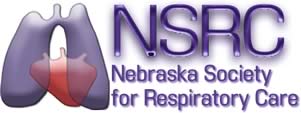Disaster preparedness
Disaster preparedness links
Disaster preparedness essentials
Disaster Preparedness at Home: Filter Out the Damage
Disaster Prep & Self Storage - What You Need to Know
Humane Society - Protect Your Pets
What You Need to Know to Keep Your Family and Your Belongings Safe
Ready for Anything: First Aid for Pets
In the news
What is a Disaster Medical Assistance Team (DMAT)?
DHHS: Personal Disaster Planning
Important links
COVID-19: University of Nebraska Medical Center/Nebraska Medicine
Nebraska resources on pandemic flu
Nebraska Department of Health seasonal flu
CDC Site for Pandemic and Disaster Information
AARC site for Pandemic Flu/Mass Casualty/Disaster Planning
Nebraska’s Center for Biopreparedness Education and resources
Medical Reserve Corp in Nebraska
Nebraska Medical Response System
Agency for Healthcare Research and Quality: Under the tools and resources are articles to help understand and plan for disasters. They include community planning, mass prophylaxis, pandemic influenza, pediatric issues, surge capacity and others.
Ready Campaign: Individual, family, business disaster planning. Recommendations from the US Department of Homeland Security.
